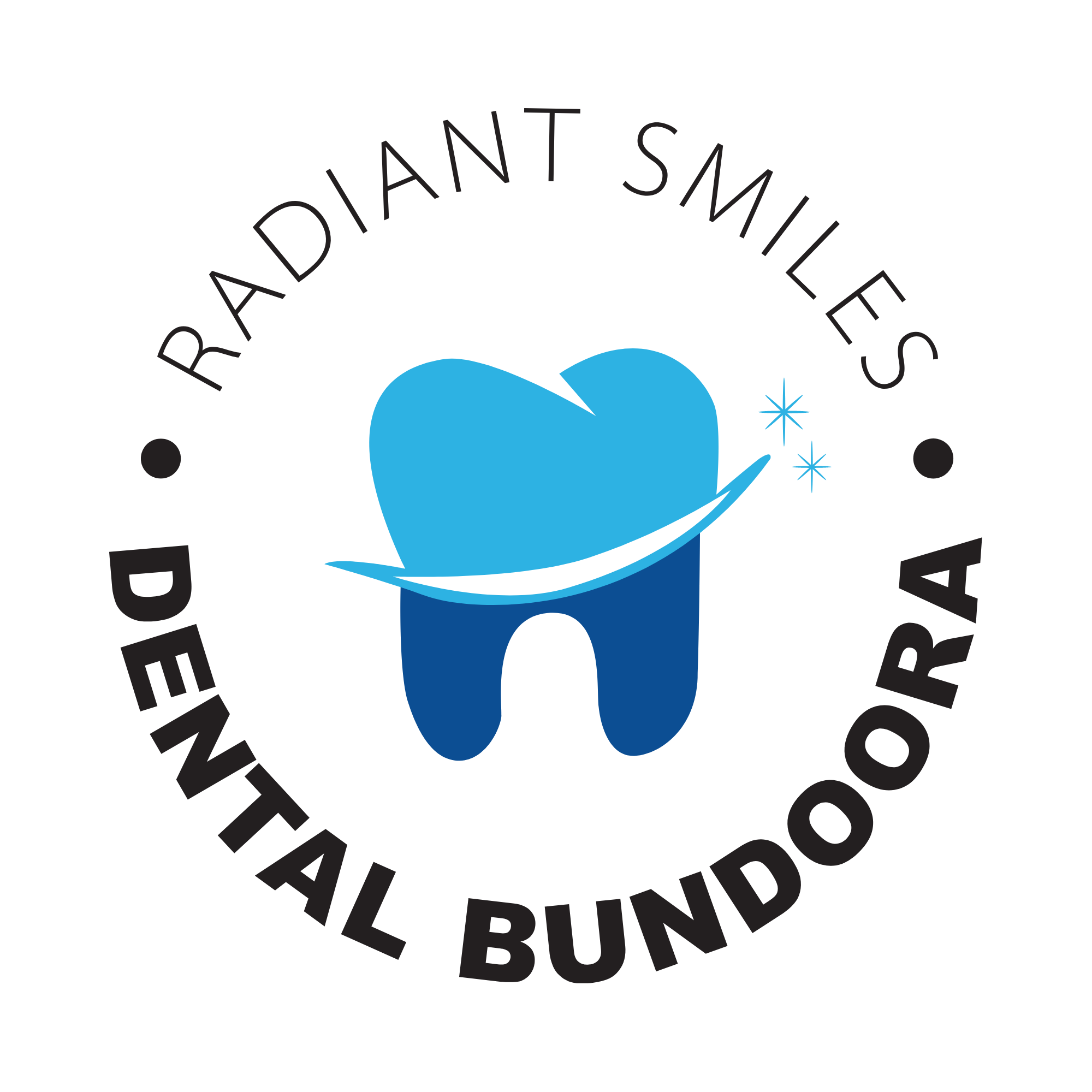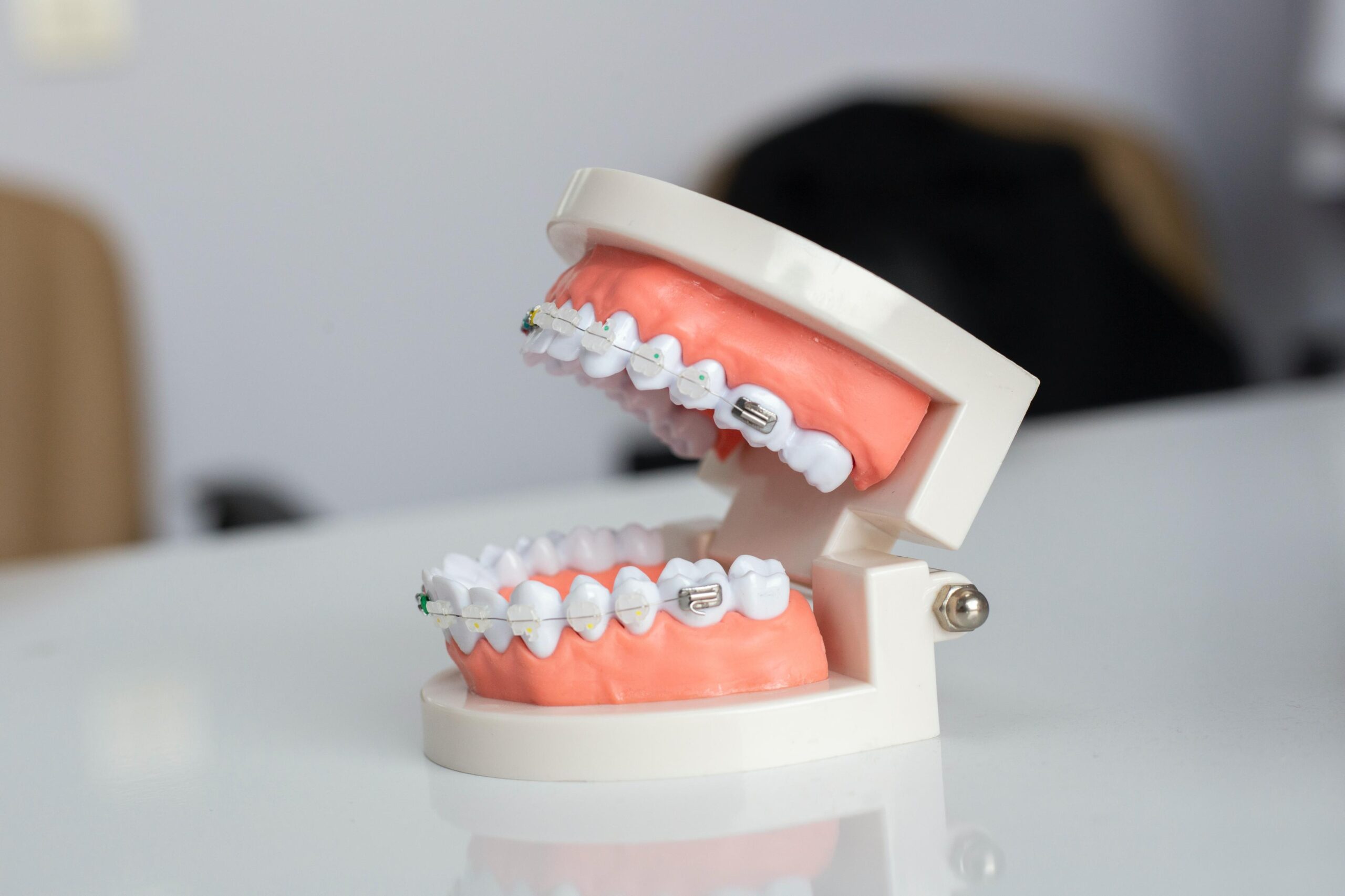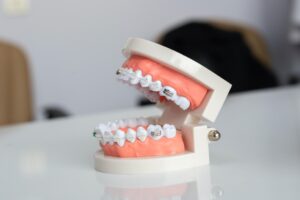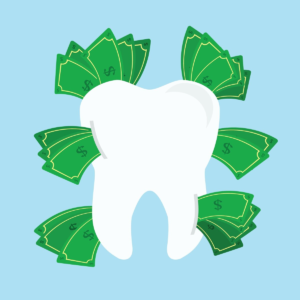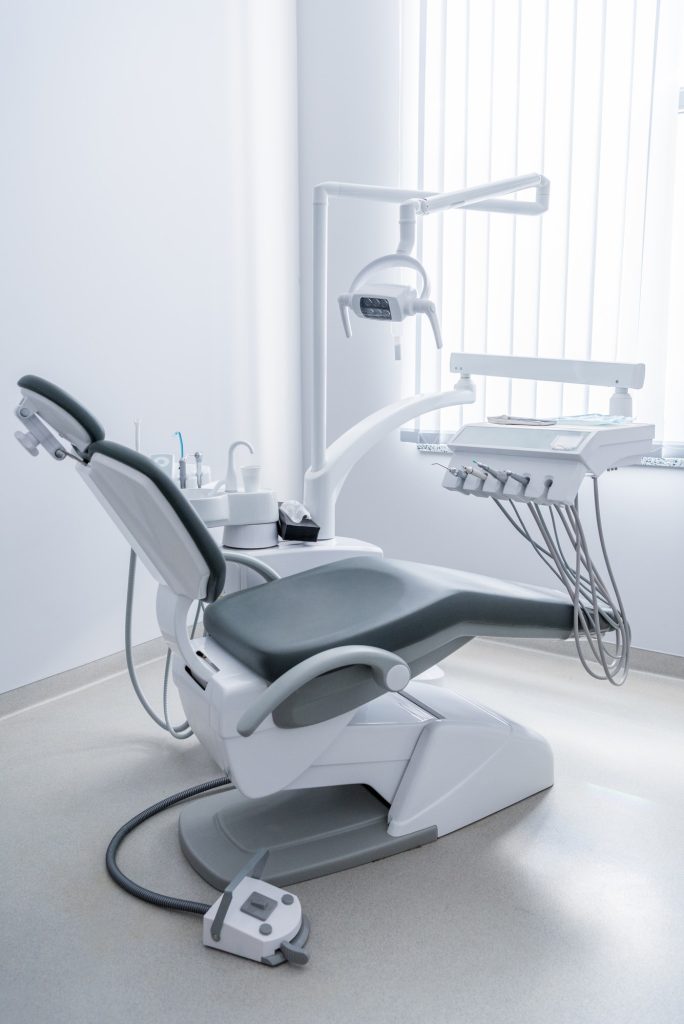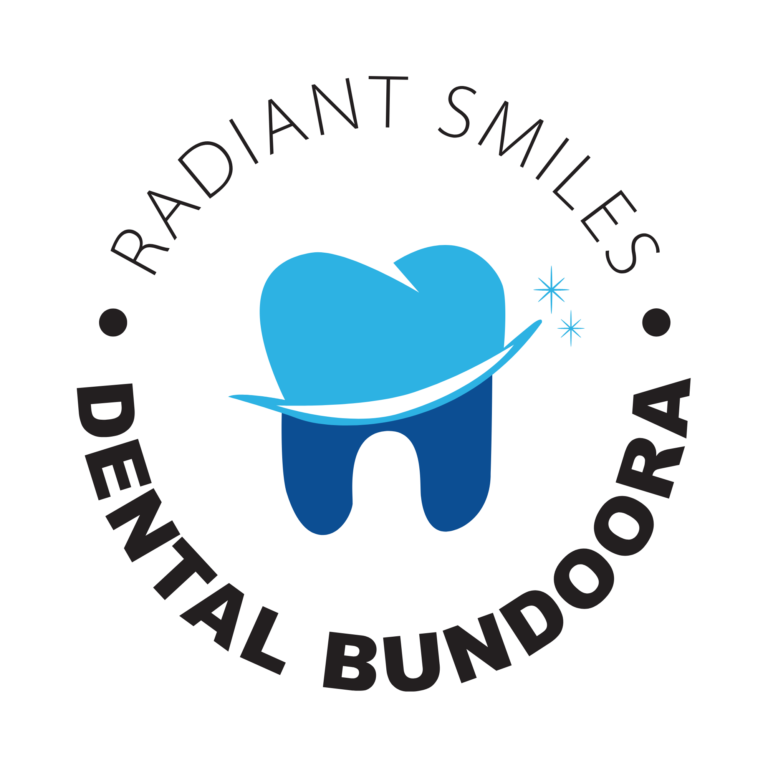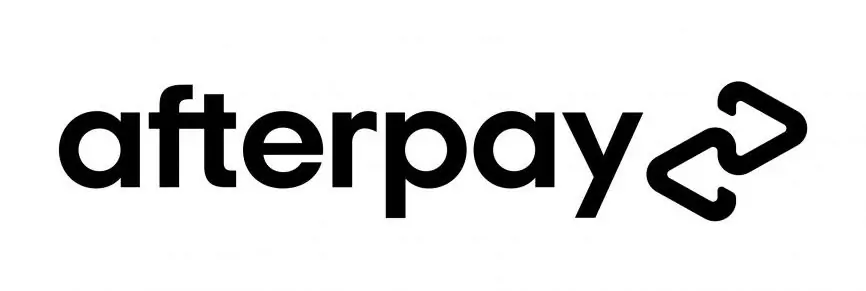Orthodontic technology has come a long way in the pursuit of achieving the perfect smile. From ancient civilizations to modern times, the evolution of braces has been a fascinating journey, transforming not only the appearance of teeth but also the lives of countless individuals. Let’s delve into the history, advancements, and the future of braces, exploring how they have become an essential tool in orthodontics.
Early Beginnings: The Ancient Quest for Straight Teeth with Braces
Ancient Innovations in Orthodontics
In the early days of orthodontics, civilizations such as the Egyptians and Romans sought ways to straighten teeth. Archaeological findings reveal that ancient Egyptians used catgut, a type of cord made from animal intestines, to apply pressure to misaligned teeth. Similarly, the Romans experimented with various materials, including gold wires, to correct dental issues. These primitive attempts at orthodontics laid the groundwork for the braces we know today.
The 18th Century – A Shift Towards Modern Orthodontics
The 18th century witnessed a shift towards more refined methods. French dentist Pierre Fauchard is often credited as the father of modern orthodontics. He introduced a device called the “Bandeau,” a horseshoe-shaped strip of metal with regularly spaced holes to correct tooth alignment. Fauchard’s work set the stage for the systematic approach to orthodontic treatment.
The Birth of Traditional Braces: 19th Century Innovations
Edward Angle and the First Modern Braces
The late 19th century saw a significant leap in orthodontic innovation with the contributions of American dentist Edward Angle. He is credited with introducing the first set of braces that closely resemble the ones we use today. Angle’s design incorporated bands, wires, and brackets, allowing for more precise and controlled tooth movement. This marked the beginning of the era of modern orthodontics.
Advancements in Materials and Techniques
As the 20th century progressed, orthodontists continued to refine and improve braces. The introduction of stainless steel in the 1930s made braces more durable and less prone to corrosion. The development of dental adhesives in the 1970s revolutionized the attachment of brackets to teeth, reducing the need for bands. These advancements not only enhanced the effectiveness of braces but also made them more comfortable for patients.
The Rise of Aesthetics: From Metal to Clear Braces
The Aesthetic Revolution
While traditional metal braces remained popular for their effectiveness, the demand for more aesthetically pleasing options grew. In response, orthodontists developed ceramic braces in the 1980s. These braces, featuring tooth-colored brackets, provided a more discreet alternative. Clear aligners, such as Invisalign, took this concept even further in the 21st century, offering a nearly invisible solution for individuals seeking orthodontic treatment without the appearance of traditional braces.
Lingual Braces and Customization
In the quest for subtlety, lingual braces emerged as a unique option. Placed on the backside of the teeth, lingual braces are hidden from view, making them an attractive choice for those who want their orthodontic treatment to be discreet. Furthermore, advancements in 3D printing technology have allowed for the customization of braces, ensuring a more precise and tailored approach to each patient’s needs.
The Future of Braces: Innovations on the Horizon
Technological Advancements in Orthodontics
As we look to the future, technological innovations are poised to reshape orthodontics. 3D printing, artificial intelligence, and digital scanning technologies are playing a pivotal role in creating personalized treatment plans. These advancements not only improve the accuracy of diagnosis but also enhance the efficiency of orthodontic procedures, making the entire experience more convenient for patients.
Smart Braces and Teledentistry
The integration of smart technology into braces is another exciting development. Smart braces equipped with sensors can provide real-time data on tooth movement, allowing orthodontists to monitor progress remotely. Teledentistry, facilitated by advancements in communication technology, enables patients to consult with their orthodontists from the comfort of their homes, reducing the need for frequent in-person visits.
Conclusion: Smiles Transformed, A Future Bright
Embracing the Journey to Straighter Smiles
The evolution of braces is a testament to humanity’s commitment to achieving not only dental health but also the confidence that comes with a beautiful smile. From ancient improvisations to modern technological marvels, braces have undergone a remarkable transformation. As we embrace the present and look to the future, the journey to straighter smiles continues, promising innovative solutions and improved experiences for those seeking orthodontic treatment.
In Conclusion
The keyword “braces” has been an integral part of this evolutionary journey, shaping the narrative of orthodontics. Whether through ancient methods, traditional braces, or cutting-edge technologies, the common thread remains—a commitment to enhancing smiles and transforming lives. As we celebrate the achievements of the past, we eagerly anticipate the future advancements that will make the journey to straighter smiles even more accessible and rewarding.
 Now
Now